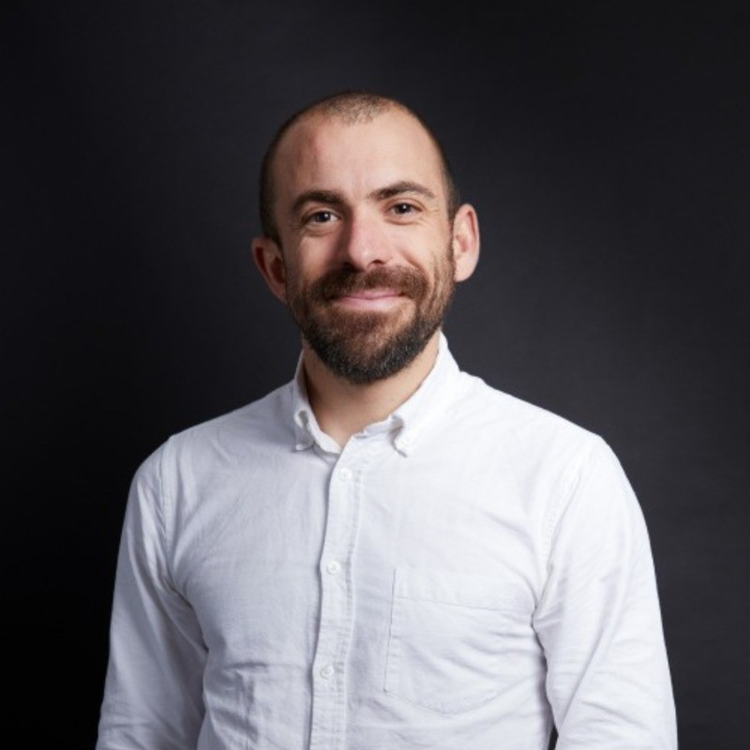EDF bets on hybrid HPC-quantum computing to solve complex energy problems
‘We definitely think that we can provide value, to do things that are not possible with classical computing’

EDF the Paris-based, state-owned multinational energy company, operates at a grand scale. It runs 56 nuclear reactors in France as well as two in the UK, and in 2023 its renewables division had a hydro power capacity of 13.5 GW in hydro, plus 12.7 GW of wind power with another 4.5 GW in solar.
Combining these sources in a modern grid presents numerous complex challenges. The intermittency of wind and solar, the fastest growing energy sources, creates a major logistical hurdle with respect to forecasting output and matching supply and demand, and nuclear has stringent safety requirements to adhere to.
EDF Labs is a research and innovation hub with a focus on cutting-edge technologies that can contribute to low-carbon and sustainable energy. Areas of research include advanced energy storage technologies, smart grids and digitisation, renewables integration and nuclear safety. What all these have in common is that they are incredibly computation intensive.

"We're doing a lot of simulations to ensure the performance of the grid, and to ensure the safety of the different means of production that we have." said Stephane Tanguy, CIO & CTO at EDF Labs.
"We've been investing a lot in high-performance computing [HPC], both on the hardware side and also on the software side. We've been developing our own software, basically to simulate all the types of physics that you can imagine."
Complex optimisations
EDF Labs has been investigating quantum computing for several years, building skills among its 2,000 employees and hundreds of PhD students. The hub sees potential for the technology in combination with classical computing and, algorithms written for HPC are being augmented by those written for quantum computers. The expectation is that a combination of the two will provide some significant advantages, particularly for use cases requiring complex optimisations, such as balancing the production and consumption of electricity on the grid.
"Even if you are able to gain just 1% in your prediction about consumption, that's a huge gain financially. So if quantum can help do that, then that's very important," Tanguy explained.
Other tasks where quantum computing may bring advantage include simulating how materials deteriorate with age, an area important for extending the life of stationary batteries used for storage in the grid, and also to calculate how the specialised alloys used in the construction of nuclear vessels will break down over time.
"Understanding how alloys age is a very tricky problem, and the approximations provided by current classical algorithms are not enough to guarantee continued operation. We have a lot of hope that quantum will bring a very key differentiation on that."
It is also hoped quantum computing will help solve the partial derivative equations used in simulations of reactor cores.
"It's very complicated to model molecular interactions with binary code. Quantum gives a way to represent that much more precisely that current DFT [density functional theory] algorithms that we use."
99% uptime by the end of the decade?
EDF Labs’ chief partner in these ventures is Pasqal, a manufacturer of quantum devices headquartered in Massy, a southern suburb of Paris. Pasqal has been working with EDF Lab for six years, starting with algorithms to optimise smart charging services for EV manufacturers. While these experiments are still lab-based, Tanguy predicts that quantum algorithms of this kind should start adding real value within the next two or three years.
"There's a kind of convergence of the roadmap and the qubits in different technologies of quantum computing, so that in 2026 or 2027 with 100 logical qubits we definitely think that we can provide value, to do things that are in some use cases not possible with classical computing."

Pasqal's co-CEO, Loïc Henriet, agreed broadly with this estimate, adding that by 2028 or 2029 quantum computers with “several hundred connected qubits” and efficient error correction algorithms should be operational in EDF's datacentres and connecting to HPC. “That’s where we’ll be according to our roadmap.”
Pasqal produces produce qubits for its computers from rubidium atoms using a technique called cold atoms (or neutral atoms), which Henriet said provides advantages of scalability and simplicity. Currently the company is working at the 100 - 150 qubit level but recently demonstrated an experimental processor with more than 1,000 qubits.
A trade-off for cold atoms’ scalability is a reliance on ultra-high vacuums and cutting-edge specialised lasers, an area where the quality is still lacking.
"We use laser light to manage to cool the atoms and to manipulate their state, and we need all of those optical elements to be very reliable. And up to now, the supply chain has been a bit below our needs,” said Henriet.
“So we need, collectively, as we scale up quantum computing, to have better lasers so that we can create systems that are really industry grade and can be used 99% of the time."
But things are moving rapidly in the right direction, he added: "Five years ago, lab experiments were running maybe 2% or 3% of the time - the rest was about trying to make the thing work, calibrating and so on. Now we're operational around 80% to 90% of the time at Pasqal. But we need to be at 99%."
The company is also working with IBM to simplify and standardise the classical-quantum computing hybrid workflows.
"It doesn't make sense for different providers to have different set of interfaces and formats," said Henriet. "We need to simplify the workflow so that end users have a simple story and we are working with IBM on that.
"We really want to give a strong signal to the entire ecosystem that we are working to make things more simple and to make them more concrete.”